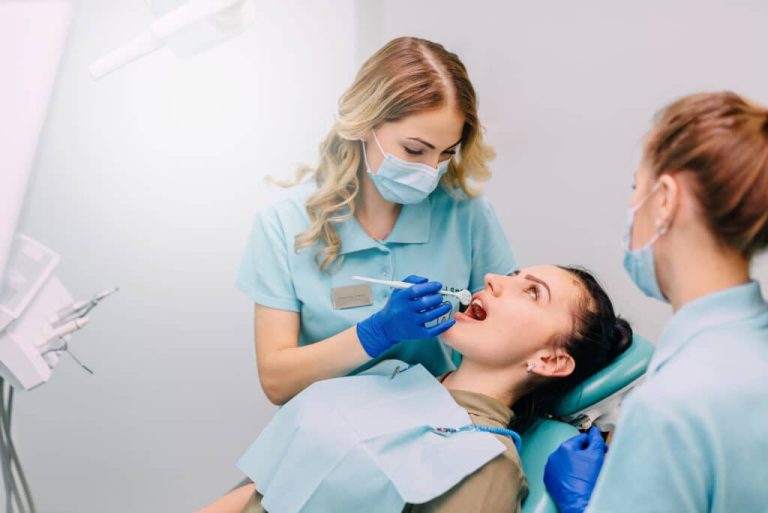Revolutionary Techniques in Dental Regeneration: A New Era in Oral Health
- By Ed Miller
- July 5, 2025
Introduction
The field of dental regeneration is experiencing unprecedented advancement, transforming the landscape of oral healthcare. These innovative developments are revolutionising how dental professionals, including every forward-thinking dentist St John’s Wood and beyond, approach treatment and patient care. The convergence of biotechnology and dental science has opened new frontiers in tissue regeneration and dental restoration, promising more effective and less invasive solutions for patients.
The Science Behind Dental Regeneration
At the forefront of dental regeneration is the groundbreaking research into stem cell therapy and tissue engineering. Recent studies in dental pulp stem cell research have demonstrated remarkable potential for regenerating damaged tooth structures, offering hope for patients requiring complex dental procedures.
Breakthrough Technologies in Dental Regeneration
Modern dental regeneration encompasses several innovative approaches:
- Bioactive materials that stimulate natural tissue regeneration
- 3D-printed scaffold structures for tissue growth
- Gene therapy applications in dental treatment
- Smart materials that respond to oral environment changes
Implementation in Clinical Practice
These revolutionary techniques are gradually being integrated into clinical practice, with many dental professionals, including those at prominent practices, adopting these new methodologies. Advanced bioengineering techniques in dental restoration are showing promising results in treating various dental conditions.
Key Applications in Modern Dentistry
The practical applications of dental regeneration are diverse and expanding:
- Periodontal tissue regeneration
- Dental pulp regeneration
- Enamel and dentine restoration
- Bone tissue regeneration for implant procedures
These developments are particularly significant for complex cases that traditionally required more invasive treatments. Professional dental practices are increasingly incorporating these innovative approaches into their treatment protocols.
Patient Benefits and Treatment Outcomes
The advantages of regenerative dental techniques extend far beyond traditional treatment methods. Patients experience reduced recovery times, decreased post-procedure discomfort, and more predictable long-term outcomes. Clinical studies on regenerative dental procedures have demonstrated significant improvements in patient satisfaction and treatment effectiveness.
Advantages of Regenerative Treatments
- Minimally invasive procedures
- Enhanced natural healing processes
- Longer-lasting results
- Reduced risk of complications
Future Developments and Possibilities
The field of dental regeneration continues to evolve rapidly, with researchers exploring new frontiers in treatment possibilities. Emerging technologies suggest even more exciting developments on the horizon, including:
Emerging Technologies
Scientists are currently investigating several promising areas that could further revolutionise dental care:
- Nano-scale biomaterials for precise tissue regeneration
- Artificial intelligence-guided treatment planning
- Personalised regenerative therapies based on genetic profiles
- Bio-printed tooth structures
Conclusion
The revolution in dental regeneration marks a significant turning point in oral healthcare history. These innovative techniques are reshaping treatment approaches and setting new standards for dental care. As research continues and technologies advance, patients can look forward to even more effective, comfortable, and personalised dental treatments.
The integration of these revolutionary techniques into mainstream dental practice represents a fundamental shift in how oral health conditions are treated. This evolution in dental care promises to make previously complex procedures more manageable and successful, ultimately leading to better outcomes for patients worldwide. As these technologies continue to mature and become more widely available, they will undoubtedly become standard elements of modern dental practice, ensuring better oral health for future generations.









